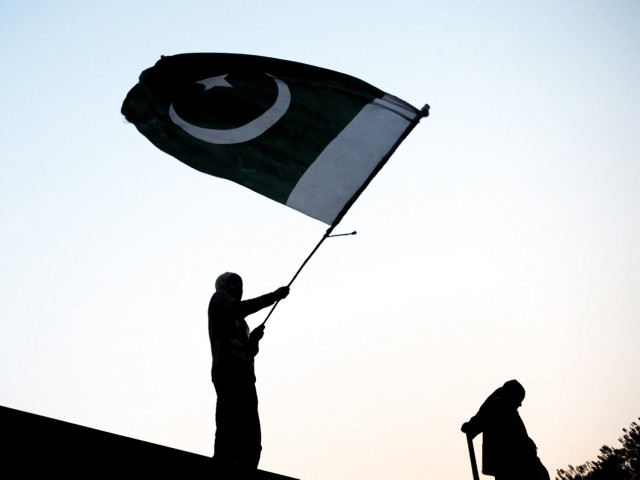Pakistan must clean its air
The reference in the title to this article is not to the country’s political air

PHOTO: AFP
Included in the collection is a long chapter on environment by Kulsum Ahmed who was my colleague at the World Bank. She has taken early retirement from the institution to work on Pakistan’s environmental problems and the challenges the country faces. She is passionate about Pakistan as well as about improving the country’s physical image. The focus of her work is on the formulation of public policy at the national as well as international levels. At the national level she has been identifying air pollution and solid waste disposal as the areas that need the attention of the government as well as that of the civil society.
When Chowdury and I Ieft Islamabad, I noticed that the Apple watch I am now wearing showed the temperature at 77 degrees Fahrenheit and the atmosphere as ‘cloudy’. When we climbed down from the Kalarkahar plateau, the temperature was shown to be at 80 degrees while the air was now ‘misty’. As we were approaching Lahore, the thermometer had climbed to 84 degrees and the air was now ‘smoky’. By now the visibility was quite poor. It was clear to us that the smoke in the air was the result of human activity. We could see farmers burning the residual crops in their fields. Smoke was rising into the air from these fires. Some distance from the motorway, we could see small kilns burning soft coal to produce baked bricks. As the traffic picked up when we approached Lahore, there were now more motor rickshaws than cars and buses. Most of the rickshaws were belching dark smoke from their exhausts.
The damage pollution is doing to Pakistan is well illustrated by some of the numbers given in a recent report by the World Health Organisation (WHO) about the ill effects on health resulting from poor quality of the air most Pakistanis now breathe. According to the WHO, the mortality rate in Pakistan attributed to household and ambient pollution per 100,000 of the population was 87.2 in 2012. Then the population of Pakistan was 178 million, which means that 155,000 deaths in that year were the result of atmospheric pollution. A comparison of this number with the deaths related to terrorist activities is revealing. In the 14-year period between 2003 and 2017, Pakistan lost 62,574 people to terrorism. This means that on average the county has been losing 4,500 persons a year to violence. However, air pollution is taking 30 times as many lives.
Global warming has begun to receive some attention in Pakistan and other parts of the developing world since the Paris conference in December 2015. The plan agreed to at Paris has created some momentum towards international action to prevent the globe from a climate catastrophe. However, atmospheric pollution caused by actions nearer the ground is not achieving as much attention. Some of the solutions are simple but need both people’s awareness as well as the government’s ability to enforce regulations. I will use an example from my experience working on China for the World Bank to illustrate this point.
I began my World Bank China assignment in 1987 when the country was still relatively underdeveloped. I used to stay at a hotel in the western part of Beijing. When I returned from my evening walks, I noticed that I had a bad taste in my mouth. I asked around the reason for that and was told that it was because of the pollution in the air. To avoid breathing the foul air, I began to tie a handkerchief around my face. When I removed the handkerchief, I noticed that there were dark spots in front of my mouth and nose. I told the Chinese that they had to do something about the quality of the air in Beijing. At that time there were not many cars on the road. The Chinese asked me if I could bring in some World Bank experts to study the matter and give advice.
The experts came and one of their simple recommendations was that the heaps of sand and soil that were lying around the many construction sites in the city should be covered with plastic sheets. Beijing is subject to a strong breeze and that lifts sand and dirt into the air and the coal residue congregates around these particles. The authorities said that immediate action would be taken. A notice was published a few days later in the People’s Daily, the official newspaper of the Chinese Communist Party, ordering that all construction material should be fully covered. My World Bank colleagues and I drove around the city and found that there was total compliance with the government’s order. While such a quick response by the population to the orders issued by the authorities is not expected in Pakistan, there has to be greater attention given to getting people to act.
Published in The Express Tribune, November 6th, 2017.
Like Opinion & Editorial on Facebook, follow @ETOpEd on Twitter to receive all updates on all our daily pieces.















COMMENTS
Comments are moderated and generally will be posted if they are on-topic and not abusive.
For more information, please see our Comments FAQ